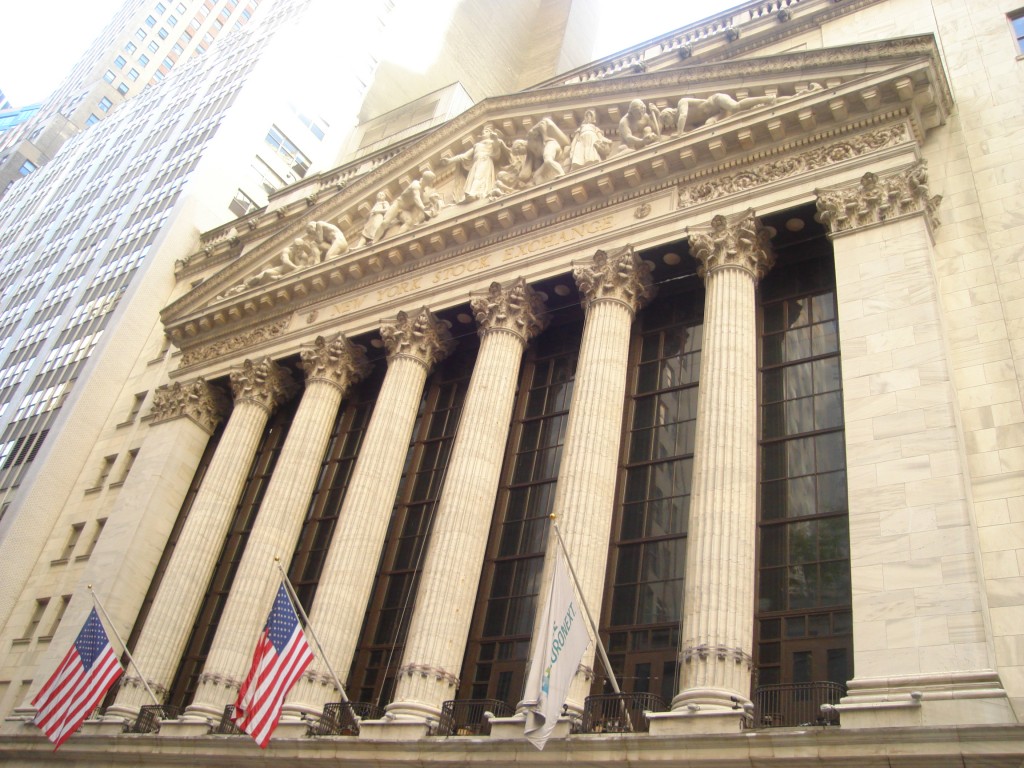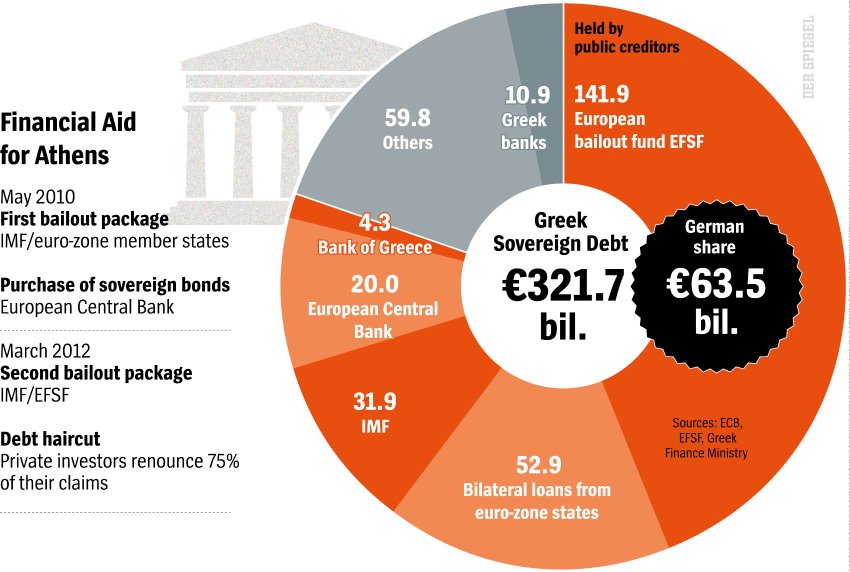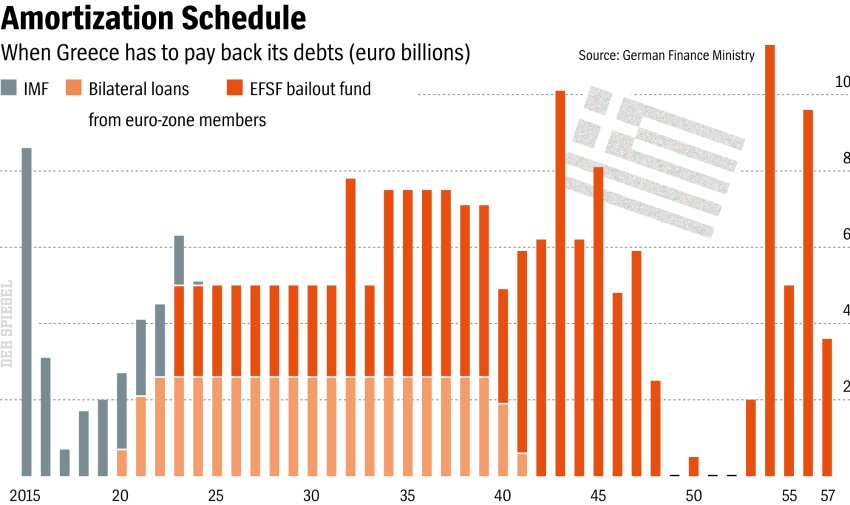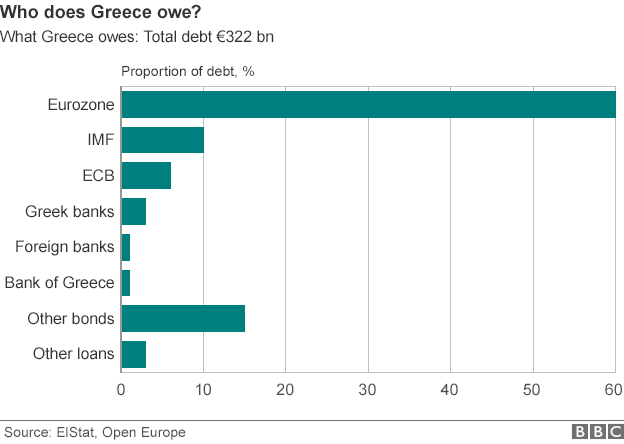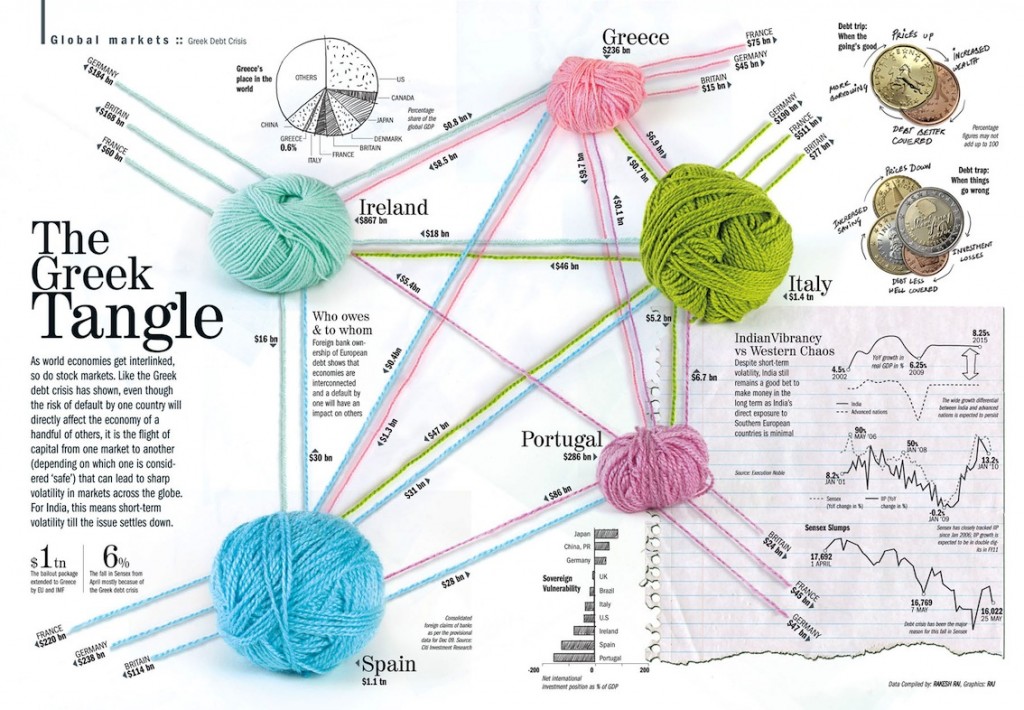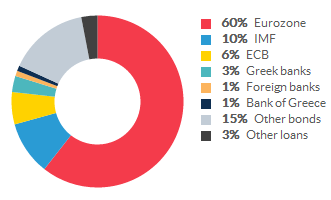When it comes to investing in foreign stocks there are hundreds of companies that trade on the US markets.Some of them are popular and widely followed. For example, companies such as oil giant Total (TOT), banking group Barclays(BCS), Vodafone (VOD), Siemens(SIEGY), Nestle(NSRGY), etc. are widely followed with thousands of shares changing hands everyday. However there are also many high quality firms whose stocks are not popular and they fly under the radar. In this post, let me list such stocks. Though they are less followed, these stocks offer great growth potential and attractive dividend yields. Investors willing to diversify their portfolio can expand their horizon by considering these stocks.
1.Company: Autoliv Inc (ALV)
Current Dividend Yield: 1.91%
Sector: Auto Parts
Country: Sweden
2.Company: Copa Holdings SA (CPA)
Current Dividend Yield: 3.46%
Sector: Airline
Country: Panama
3.Company: Novozymes A/S (NVZMY)
Current Dividend Yield: 0.99%
Sector: Drugs
Country: Denmark
4.Company:Air Liquide (AIQUY)
Current Dividend Yield: 2.46%
Sector: Chemicals
Country: France
5.Company: Fresenius Medical Care AG & Co (FMS)
Current Dividend Yield: 1.44%
Sector: Health Care Providers & Services
Country: Germany
6.Company: Fomento Economico Mexicano SAB de CV (FMX)
Current Dividend Yield: 3.54%
Sector: Beverages (Nonalcoholic)
Country: Mexico
7.Company: Cathay Pacific Airways (CPCAY)
Current Dividend Yield: 1.53%
Sector: Airline
Country: Hong Kong
8.Company: Coca-Cola Amatil (CCLAY)
Current Dividend Yield: 6.08%
Sector: Beverages (Nonalcoholic)
Country: Australia
9.Company: Delhaize (DEG)
Current Dividend Yield: 2.48%
Sector: Food &Drug Retailers
Country: Belgium
10.Company: Swedish Match AB (SWMAY)
Current Dividend Yield: 3.49%
Sector: Tobacco
Country: Sweden
Note: Dividend yields noted above are as of Feb 11, 2015. Data is known to be accurate from sources used.Please use your own due diligence before making any investment decisions.
Disclosure: No Positions
Click to enlarge
The New York Stock Exchange, NY
